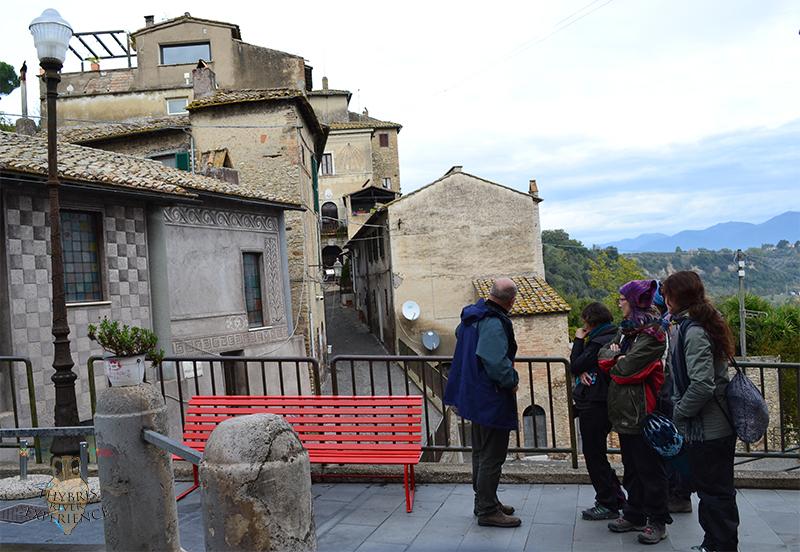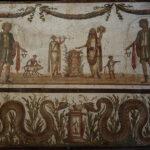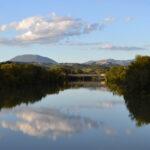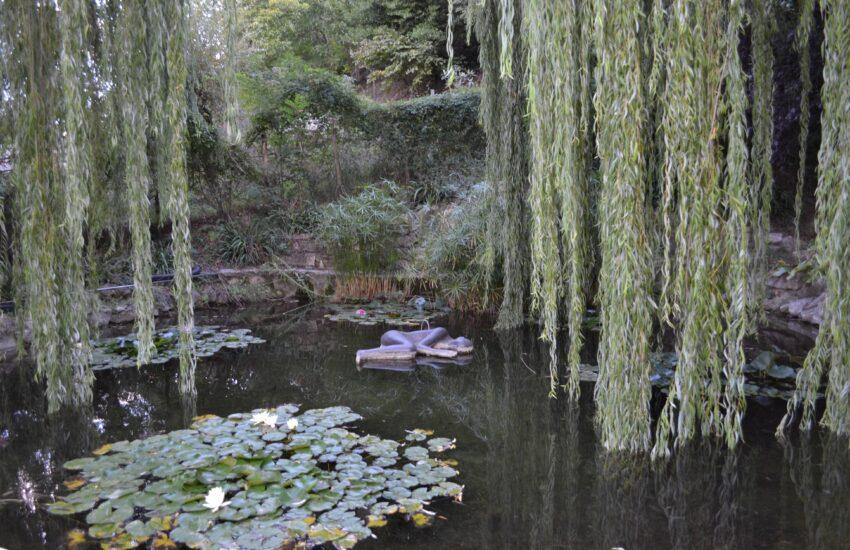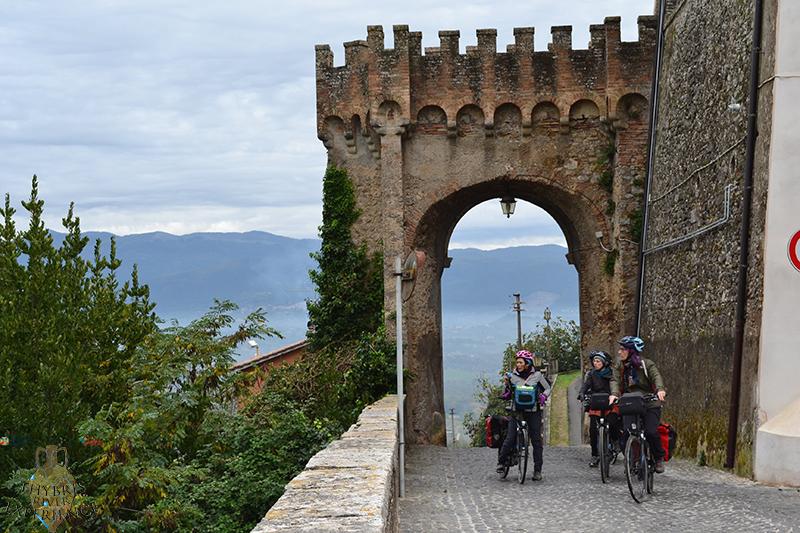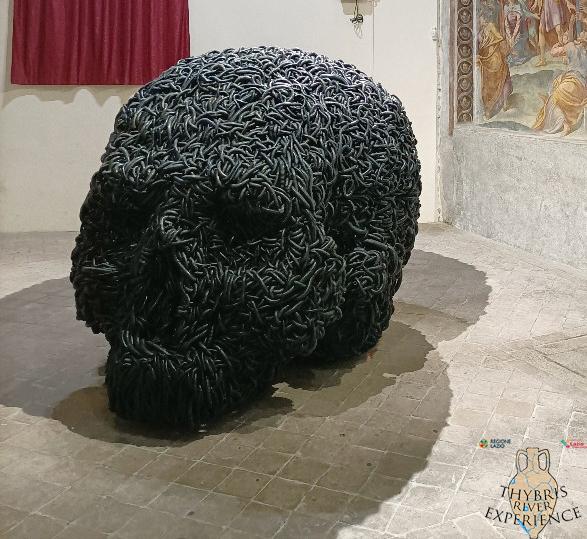Nazzano and the Natural Reserve
Nazzano Tevere – Farfa Natural Reserve
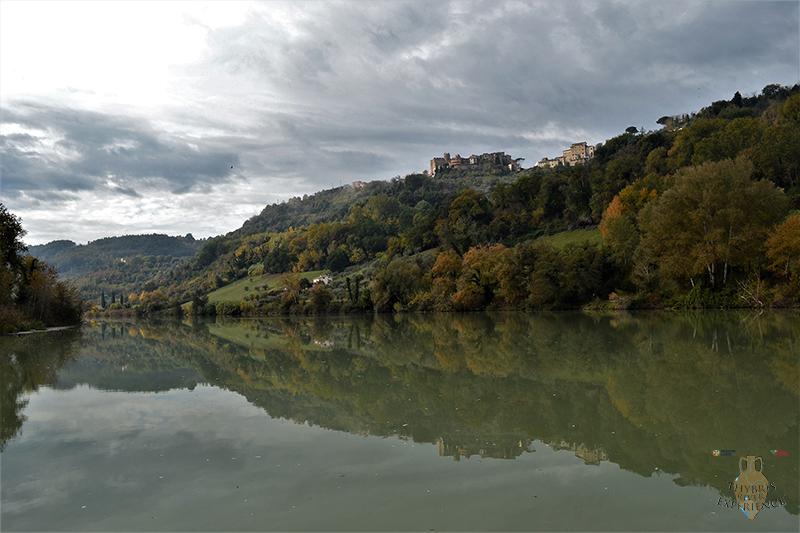
Sailing slowly on this quiet part of the Tevere River ( i.e. Tiber), where the lush vegetation is reflected in the water, is an experience. Here, at the confluence of the Tevere and Farfa rivers, a small green island has been created. We are in the Nazzano Tevere – Farfa natural reserve, the oldest in the Lazio region, established in 1979. It is one of the first in Italy. Well… the locals say the first!
Approach to the river bank of Nazzano
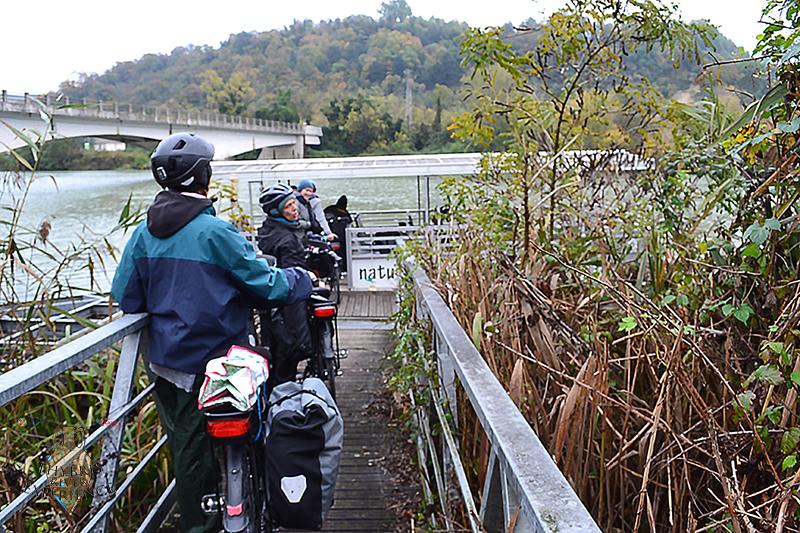
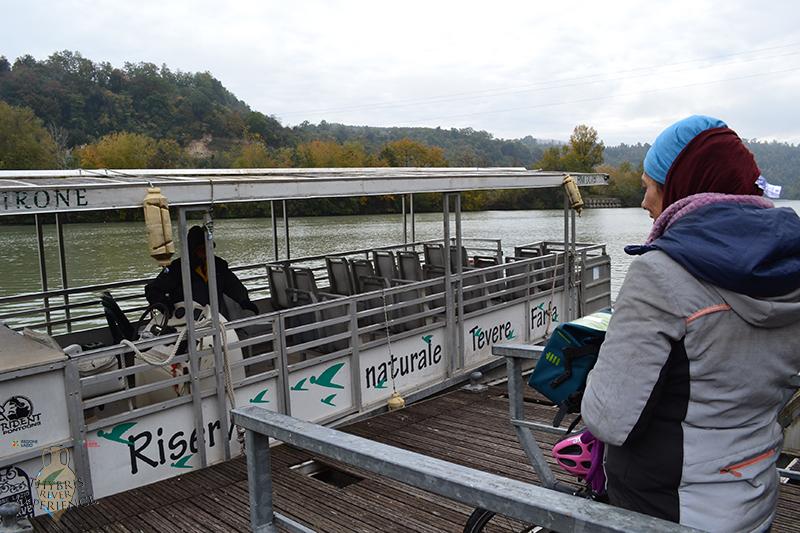
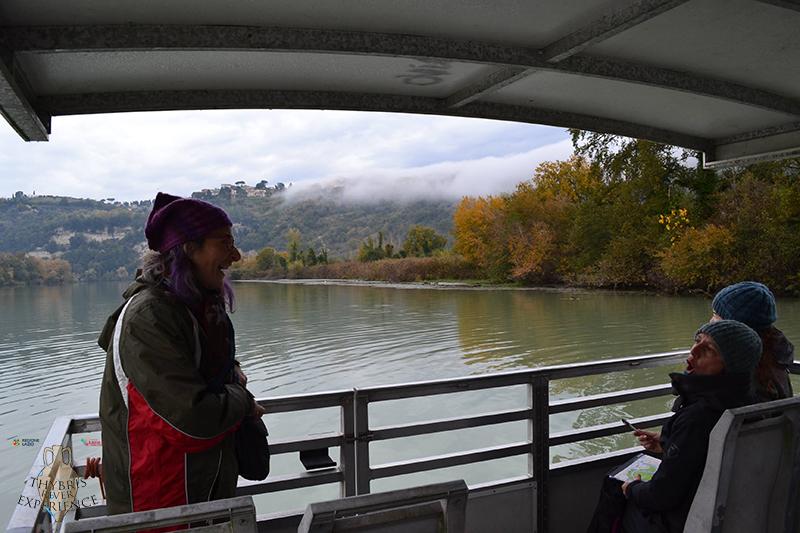
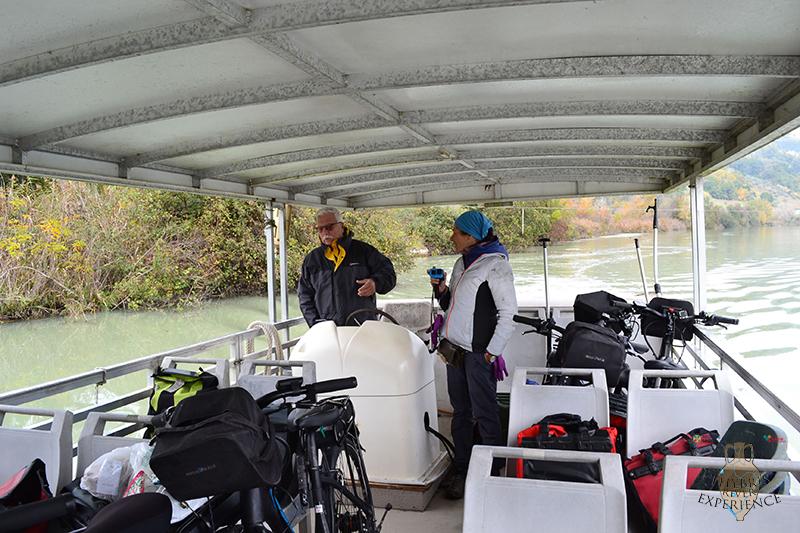
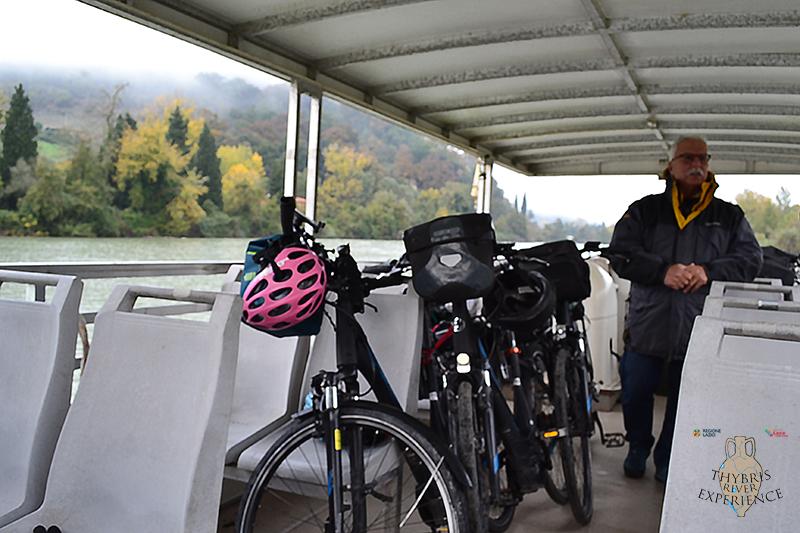
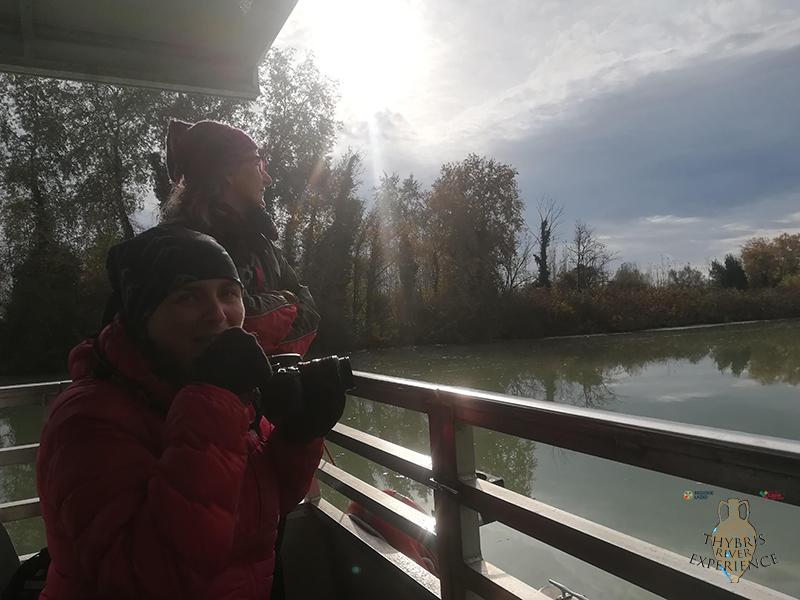
Mr. Stefano Bronzi, the boatman, explained to us the importance of this particular environment. In 1956, the Meana Dam was built to regulate the water of the Tevere for energy production, which led to an anthropic alteration of the river: The higher water level led to the flooding of the surrounding area and the emergence of a new vegetation system in the wetlands. At the same time, a small lake formed. Residents interviewed reported that in their youth, between 1930 and 1950, they used to come to the beaches on the banks where reeds and other aquatic plants now grow.
The reign of biodiversity and a bird paradise
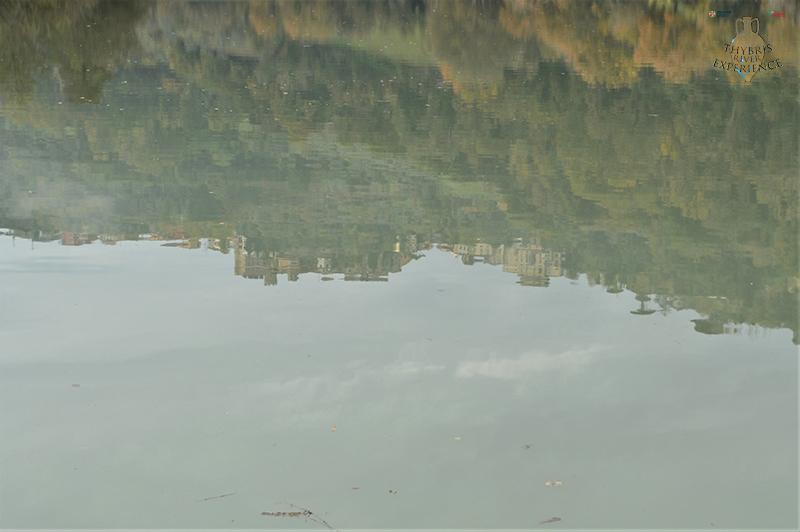
In spring the yellow water lilies bloom, and now the colors of autumn fade in the waters, all year round the reeds are an ideal shelter for insects and their hunters: the countless species of birds. A grebe dives in front of us for more than 20 seconds: incredible! A grey heron watches us from the shore, while some egrets take to the skies. After a while, a group of swans appears, not the least interested in our presence. Over the years, due to the favorable conditions, numerous birds have settled here, while every year the migratory birds follow the water corridor of the Tiber River to its sources in the Region of Emilia Romagna. From there they continue their journey crossing the Venetian lagoon towards North Europe or in the opposite direction towards Africa. They say this is a perfect sustainable highway!
The town of Nazzano boasts very ancient origins
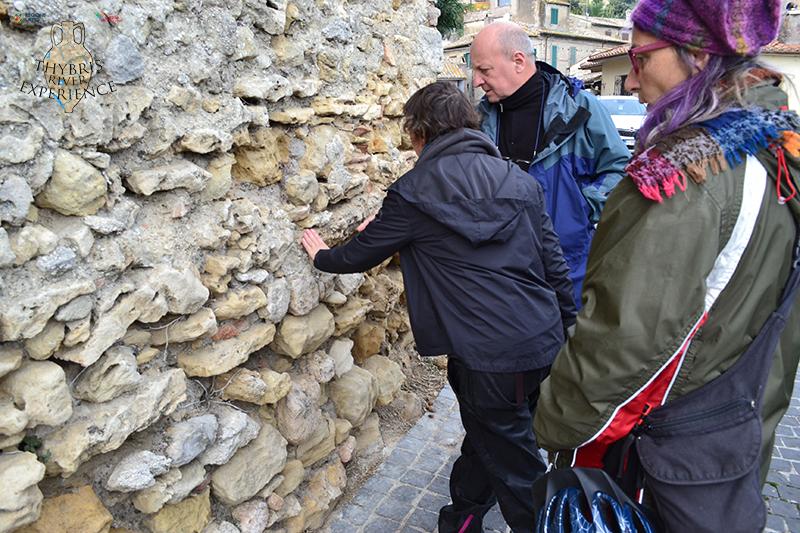
After leaving the boat, we continued to Nazzano by e-bike. The village and its surroundings have been continuously inhabited since the Bronze Age. In this area, archaeologists found numerous reliefs of ancient Roman villas and temples, Etruscan tombs, and Roman necropolises. In the early Christian Church of S. Antimo, built on an older Roman temple, they discovered some fragments related to the cult of Bona Dea a goddess of healing, which inspired our routes in this area.
The control of the Tevere and the Savelli Castle
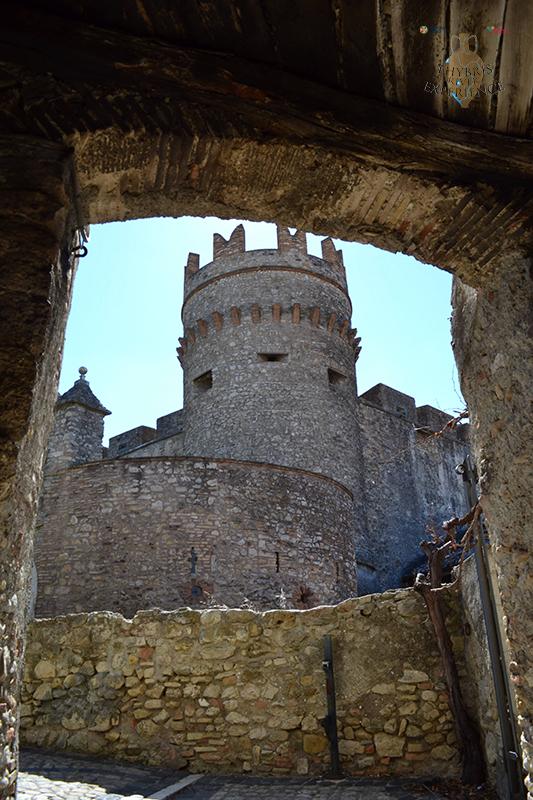
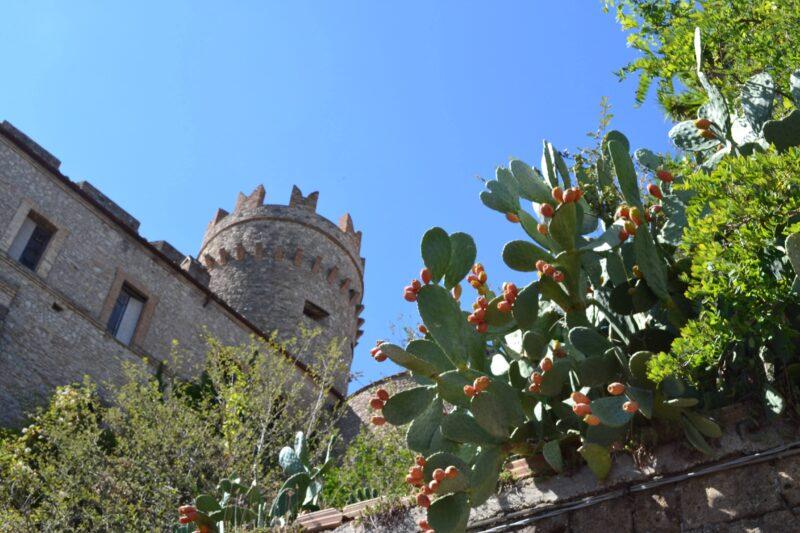
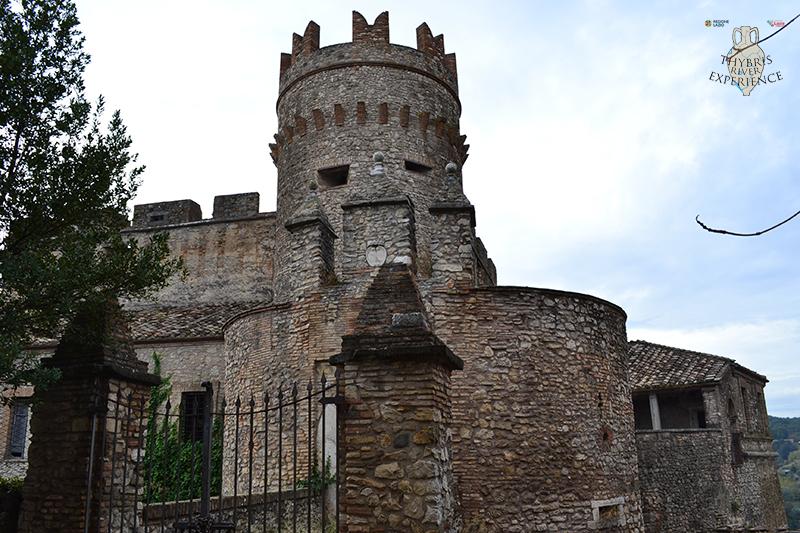
Nazzano was one of the most important centers for trade from the Sabina to Rome in the Middle Ages, and even in the 19th century, when many river ports were no longer in operation, it retained its great importance. Like many other villages in the area, the heart of the town was the castle that overlooked the valley and the Tiber River. The name recalls a powerful Roman family, the Savellis. The first written document testifies to a castle already in 1081. After, it was modified and enlarged several times.
A strange coat of arms
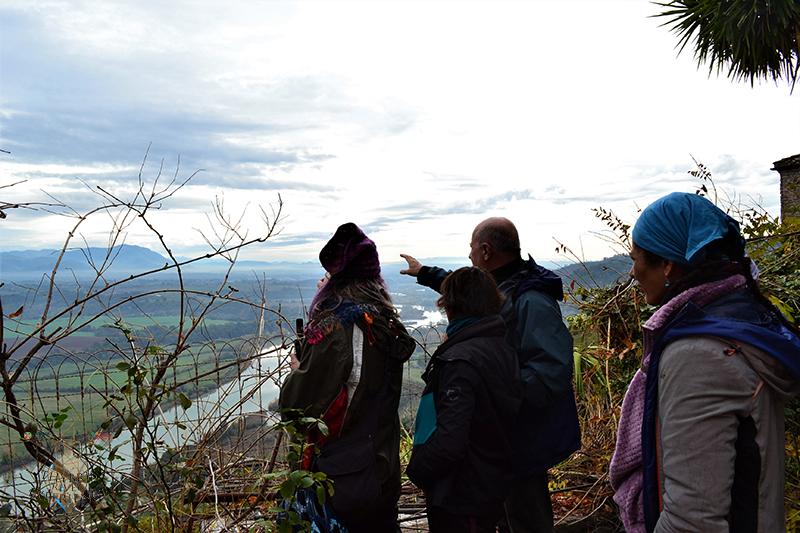
There is only one possibility, maybe two… if you are allowed to climb over the castle walls, to get to the top of the hill: cross a spiral street where the houses hug the castle, go through an arch and reach the round, imposing tower. Above the entrance, there is a white emblem with a symbol, and an arm holding a sword. What does this mean? Perhaps the Savelli was not the only owners of the castle. From 1456 the monks of Saint Paul Outside the Walls, the great abbey and basilica in Rome, controlled permanently and for a long time the port of Nazzano. They bought this castle and administered other nearby places. For this reason, their symbol is found right here, in other parts of the stone fortress, and other places like Civitella San Paolo.
The defence of the river Tevere
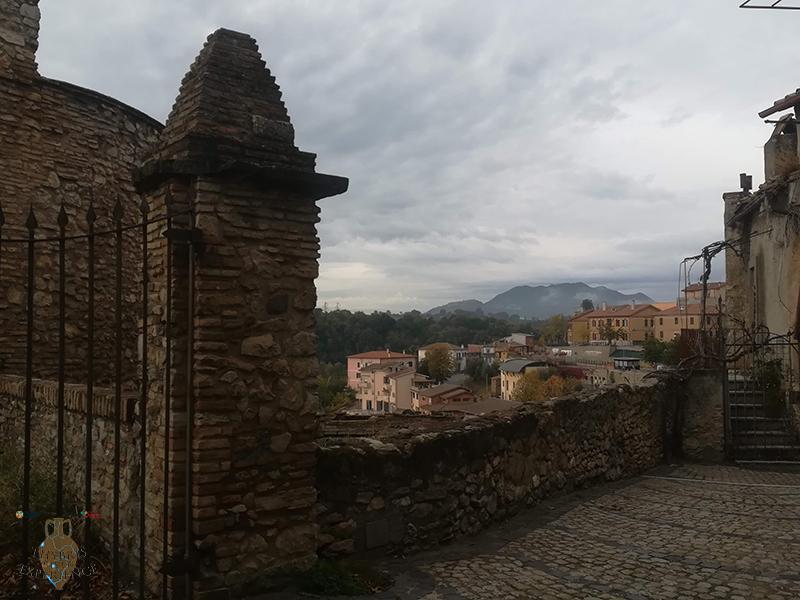
Nazzano guaranteed the defense of the Papal States against the domination of the Abbey of Farfa, which in the Middle Ages was under the influence of the German Emperor, the customs duties for the import of goods from the territory of Sabina and supplied Rome with some agricultural products, especially the famous oil, wine, and wood.
Another meaning for University: Università di Nazzano
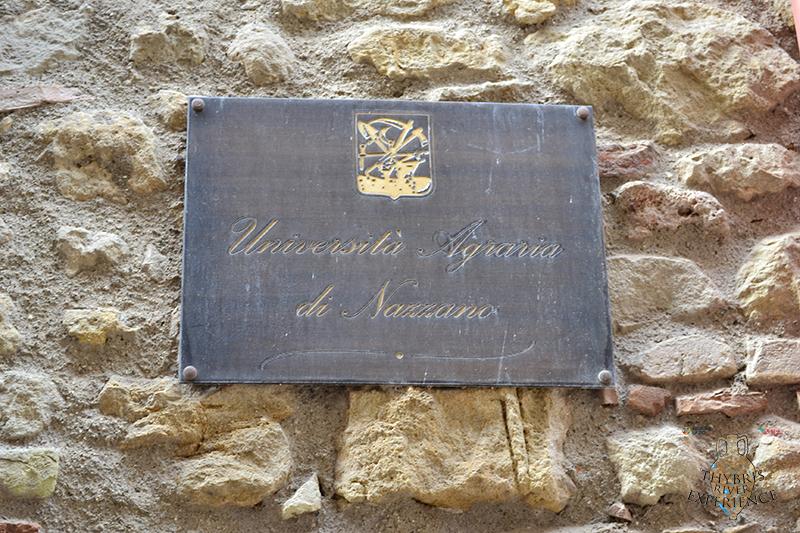
From the top, where for centuries the keepers of the tower controlled the horizon and the river, the terrace and a house will be transformed into a tourist lookout (a project of the Municipality), from which you can see the Tiber River and the Nazzano’s plane, the countryside, from a bird’s eye view. The agricultural land is managed by the Università di Nazzano. The University was founded at the end of the 19th century to manage the fields of the former Papal States, and its statute confirms that it is the collective property of the families of Nazzano. It also points out the everlasting agroforestry and pastoral purpose. It is fun to guess the name of the mountains in the background because from here the view reaches the Castelli Romani (i.e. Roman Castles, small towns on the cliffs of Rome sleeping volcano, almost 50 km away.
The River Museum: a fundamental step to know the Tiber River
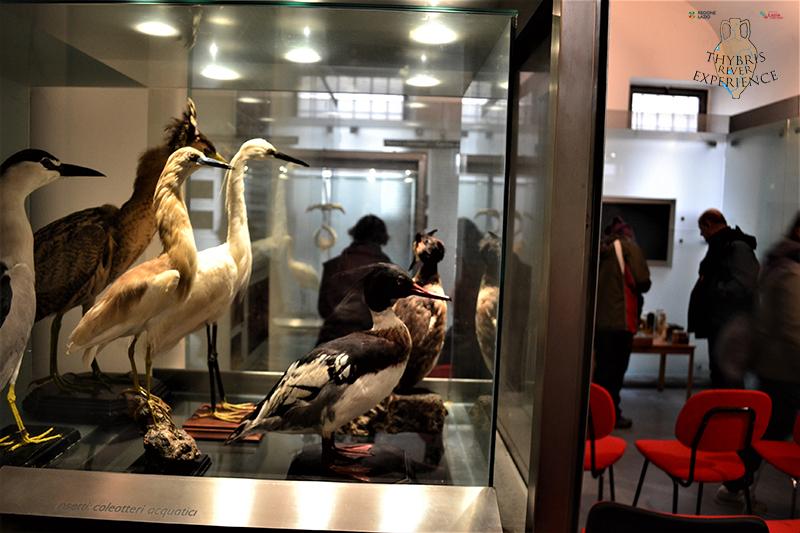
The museum is housed in the old stables of the castle. A transparent and fluid world where you can follow the history of the Tiber River from its sources to its mouth, the geological nature of the riverbed, the fauna of the reserve, the aquatic plants, and the insects. Umberto Pessolano, the director of the museum, is unstoppable when talking about the future of this institution…and also about entomology…and geology…and much more. The museum has a didactic purpose; Umberto has invented many games to improve the knowledge about the ecosystem of the river nicely.
Nazzano present and future
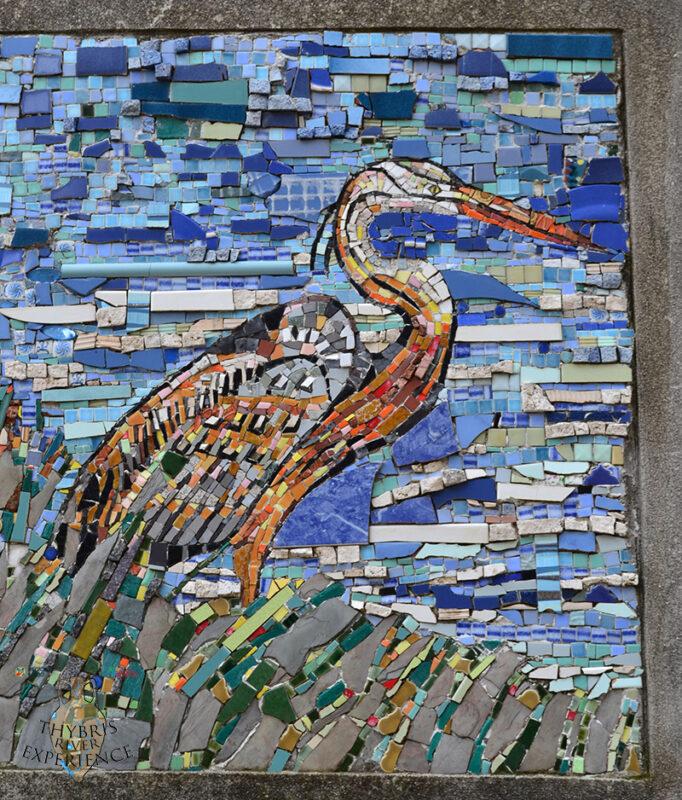
Every year, the River Museum, the Municipality, and the Pictor Imaginarius Association organize an international mosaic contest that enriches the city with a colorful work of art. The patron saint festival in honor of Saint Antimo, which has to do with birth and death, sowing and harvesting, attracts a large crowd. The works for the enhancement of the River Museum are just beginning, while an urban renewal project is being carried out through the valorization of the Painter of Nazzano, an artist who lived in the IV century BC and whose works are also in the British Museum, and the young wood sculptor Andrea Gandini. Let me say there are many good reasons to come back with us and join our sustainable guided tours to discover the hidden beauty of the Lazio Region.
